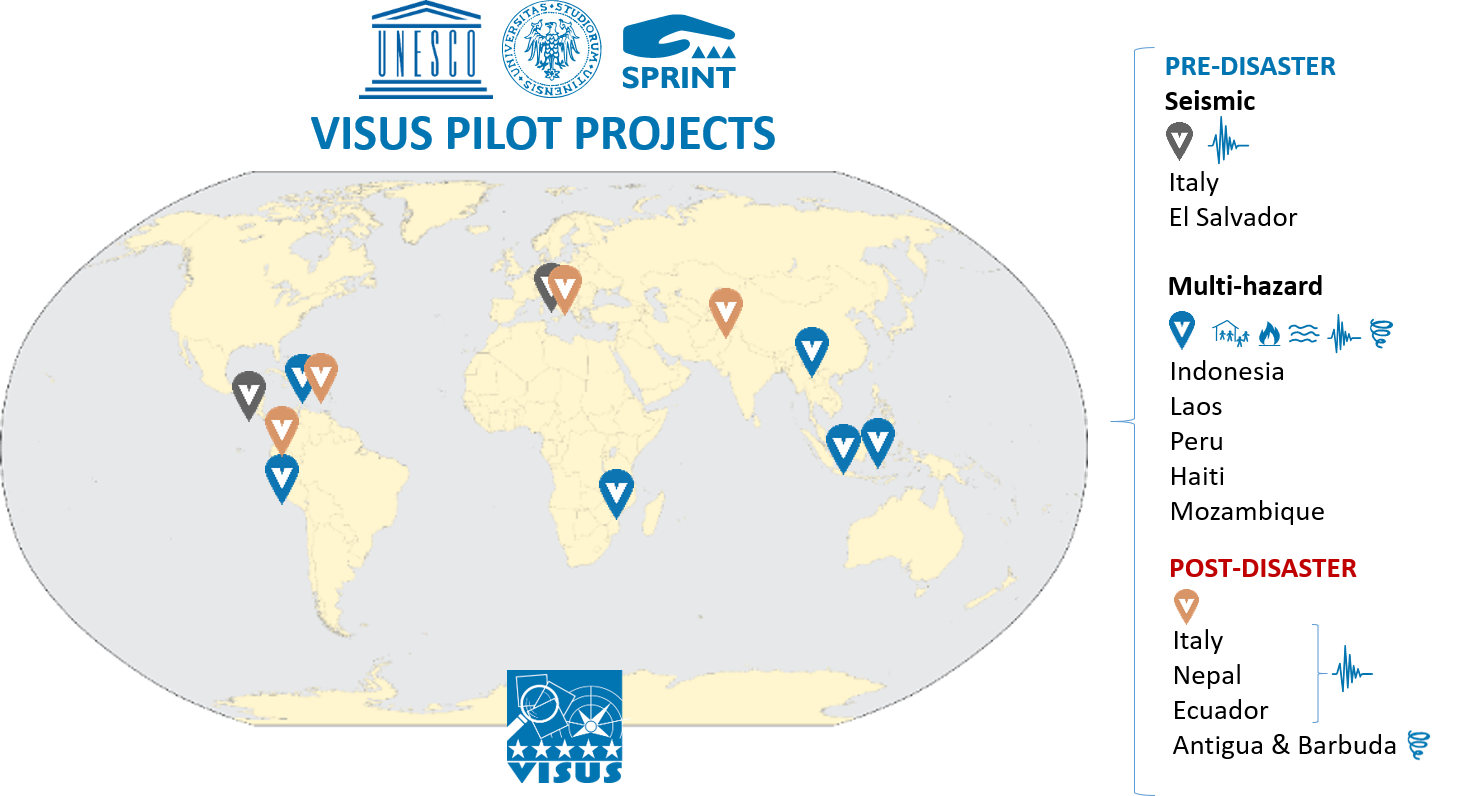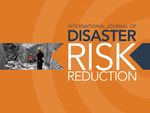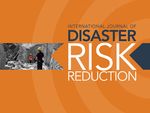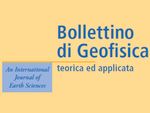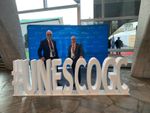Ensuring the safety of people is one of the main concerns of public administrators in hazard-prone territories, particularly with reference to strategic and relevant major public buildings, such as schools. This requires the definition of a rational and effective strategy for risk reduction based on the level of risk, points of weakness, countermeasures and costs.
The SPRINT-Lab researchers has developed a specific technical-triage methodology named VISUS (Visual Inspections for defining Safety Upgrading Strategies). The purpose of VISUS is to define a decision-making support tool aimed at planning strategies for the multi-hazard risk reduction of learning facilities. VISUS methodology permits to assess the safety of school facilities at regional scale, with the purpose of supporting the definition of pragmatic safety upgrading strategies.
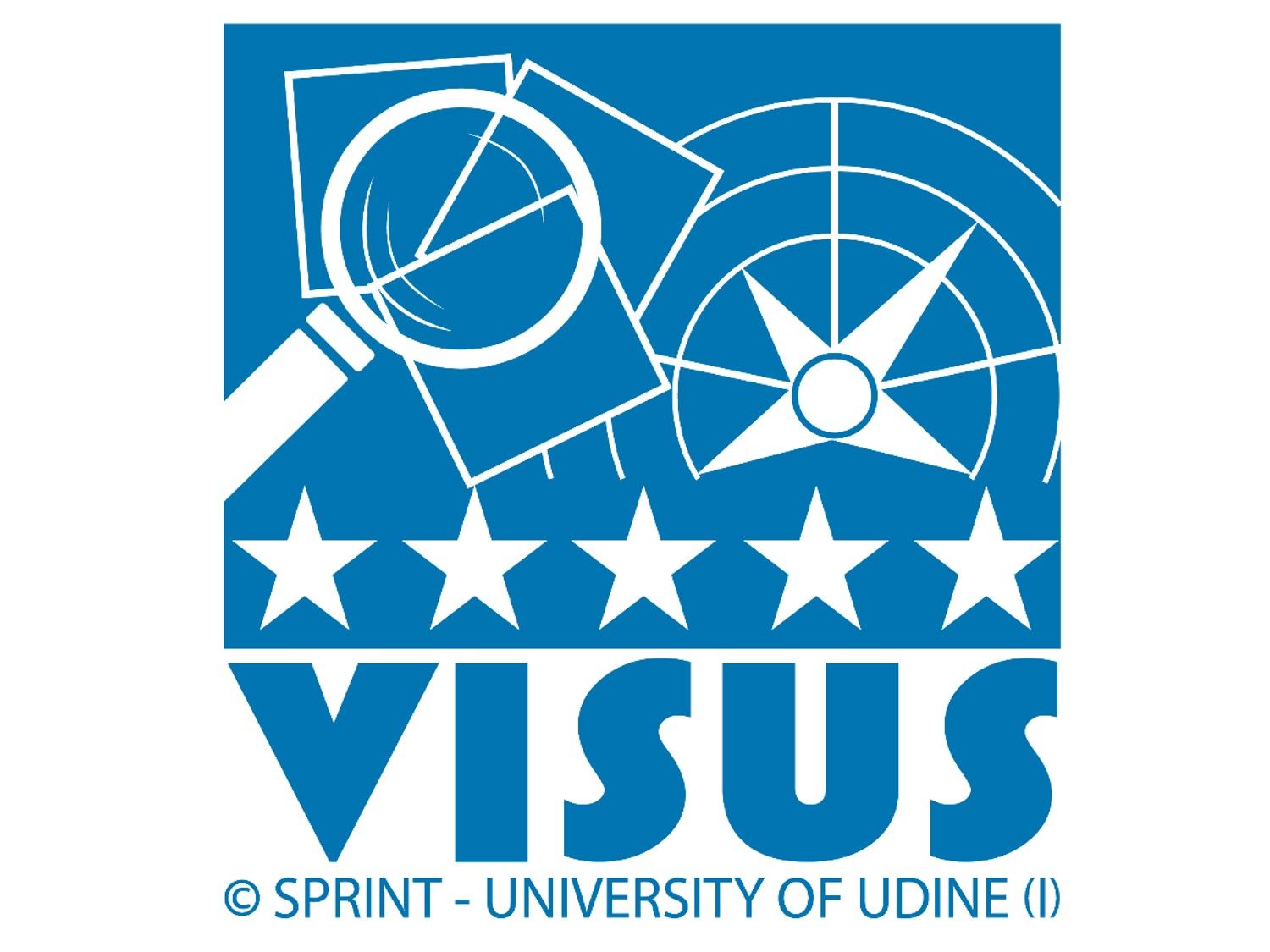
VISUS was first developed aiming to assess the safety of school facilities in a seismic scenario, but it evolved into a holistic and multi-hazard approach, considering floods, wind, fire and also safety during ordinary utilization.
VISUS is especially addressed to stakeholders from the Ministries of Education, National Disaster Management Authorities and other relevant institutions to help them in understanding which schools need priority interventions, which specific actions are required and how much they would cost.
VISUS has been adopted by UNESCO and positively tested in prototypal projects within of the Comprehensive School Safety (CSS) framework (about VISUS). Pilot projects were implemented in six countries, resulting in the assessment of 100 schools in El Salvador in 2013, 160 schools in Indonesia in 2015-2016, 10 schools in Lao DPR in 2015, 100 schools in Peru in 2016, 100 schools in Haiti in 2017 and 100 schools in Mozambique at the end of 2017.
Currently, the SPRINT researchers are going to develop the VISUS Post-Disaster methodology for rapid assessments of educational facilities in the aftermath of a disaster event.
Preliminary versions of VISUS Post-Disaster have been implemented after the large earthquake in Nepal (2015), after the earthquake in Ecuador (2016) and after the Irma hurricane in Antigua e Barbuda (2017).
